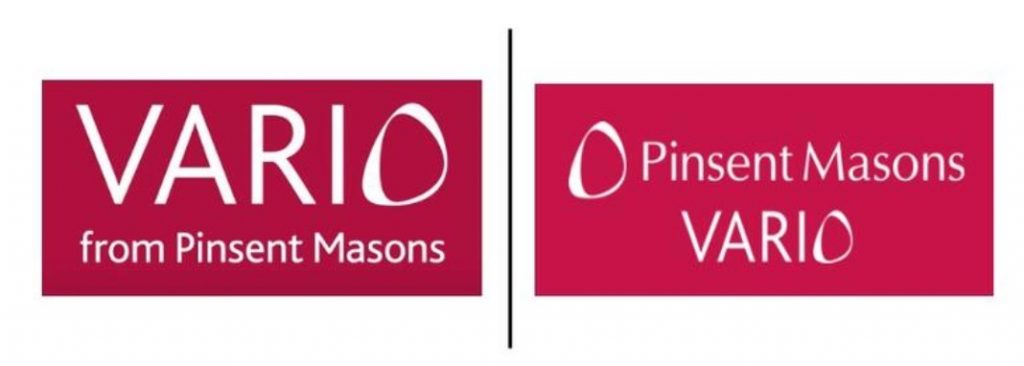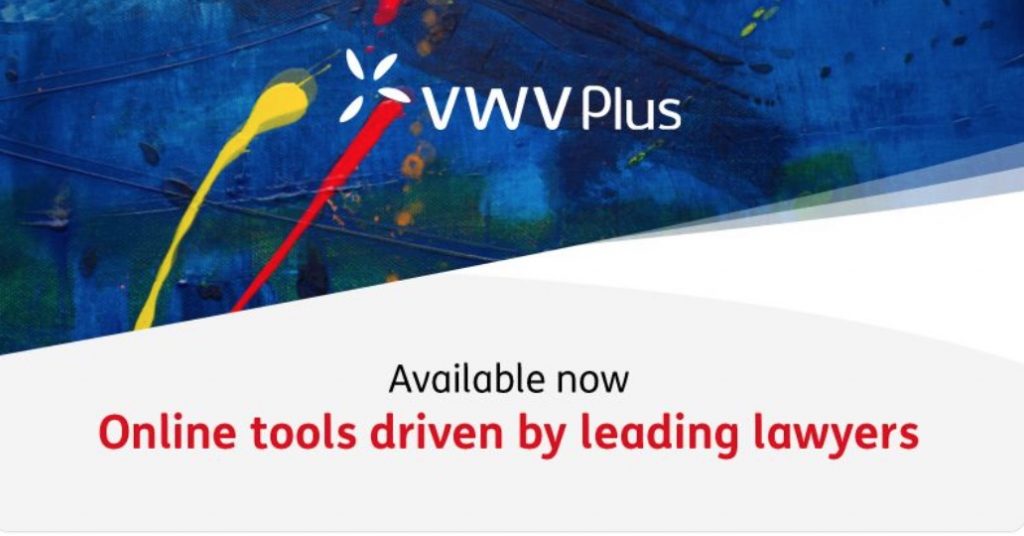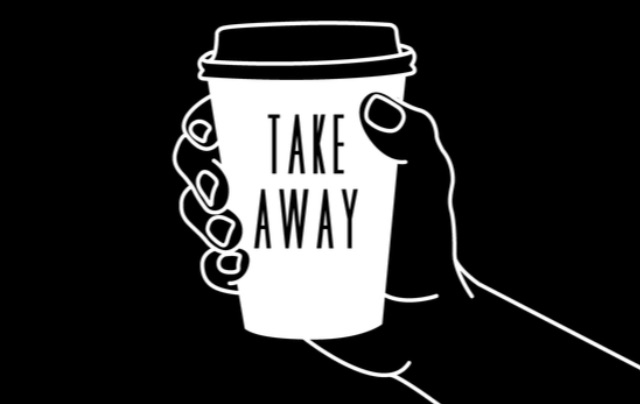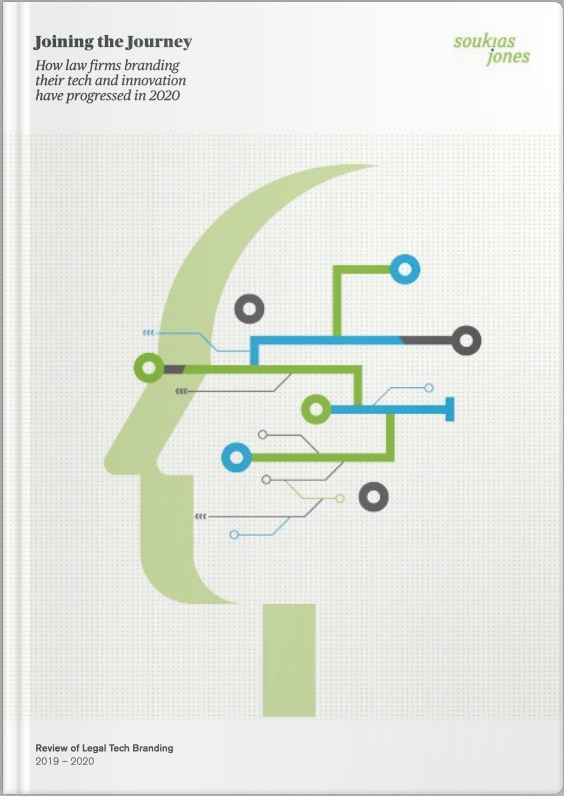Issue 5 – Spring 2021
- News
- 1. New brands and refreshed ones, from Simmons & Simmons, Baker McKenzie, Shoosmiths, Pinsent Masons, VWV, DLA Piper and Linklaters.
- Features
- 2. 60 seconds with Dr Catriona Wolfenden at Weightmans
- 3. How to pick a great name without asking family & friends
- 4. So, what is branding?
- Snippets
- 5. Takeaways, anyone?
- 6. New report
- About
- 7. Our brand tech credentials
- View our credentials
- Contact us

News and Views on branding tech and innovation by law firms

News
New brands and refreshed ones.
The superhero trade mark lawyer
Legal tech employs a panoply of names – anything and everything from the descriptive to the abstract. Most are dull, but Simmons & Simmons recently bucked this trend, launching Rocketeer, its AI-enabled tool for trade mark disputes. The firm describes it as the robot lawyer that no trade mark professional can do without.
It’s a brave name, memorable and snappy, but not without risks. As a fictional superhero, Rocketeer appeared in comics in 1982, drawing on Saturday matinee serial heroes of the 1930s. In the 2020s, this brand could represent a new hero for trade mark professionals, but while it claims 90% accuracy, what about the other 10% of results? Just don’t change the ‘o’ to an ‘a’.
For Simmons & Simmons, naming doesn’t end there. Recently, it announced a more literal name for its data transfer tool (CtrlTransfer), the latest in a plethora of names to fit its variety of subscription products and services. Others include KIID generation, MiFID, SMCR solution (and derivatives such as SMCR toolkit and SMCR Academy), Collaborate, and several under the name ‘navigator’. Meanwhile, Pinsent Masons has declared plans for a stable of products that will include both its own and those of others.
Moves by these firms highlight the growing importance of using brand strategy and management in legal tech. Without a structure and system to organise the positioning and visualistion of tech products, firms could end up with a smorgasbord of named solutions. Already, clients and partners often struggle to grasp how tech solutions work and fit together. Developing new solutions with no clear naming plan is likely to add to the confusion.

reinvent by Baker McKenzie
Back in October, Baker McKenzie strengthened its positioning in tech by launching a firm-wide innovation sub-brand, Reinvent, and teaming up with artificial intelligence specialist Spark Beyond. Reinvent, which groups services such as the service design team, promises to reinvent the firm’s services and create new service lines. This move to sub-brand provides further evidence of the trend to separate legal expertise and legal delivery. Reinvent sits comfortably within Baker McKenzie and uses elements of the firm’s visual identity (as well as the endorsement ‘by Baker McKenzie’). Having been incubated internally, reinvent could make the transition to stand-alone.

Shoosmiths: The Power of 8
Last May, UK firm Shoosmiths repackaged its tech narrative with the phrase new how. The firm described its initiative as follows: We’re all used to focusing on what. ‘What’ is spotting that risk, drafting that clause, doing that deal. ‘What’ is here to stay. But ‘how’ is up for grabs, and at Shoosmiths, we care a lot about ‘how’. So, we changed ‘how’. There’s a new ‘how’ in town. Smarter, faster, better.
It was refreshingly different. Since then, the firm has launched Shoosmiths8 Connected Services to package its range of services and solutions into product categories. These comprise connected services to support you and your business in an ever-changing world. Grouping tools and services is a useful technique to help clients (and partners) understand what the firm provides, and how services work both individually and as part of a whole. It can also set a template for new product development.
Shoosmiths8 deploys the authority (and modernity) of the existing corporate brand and identity, which works perfectly. Interestingly, it also uses the proposition to the power of 8. BCLP Cubed went down a similar route (legal solutions to the power of 3) with a cube image to make the point. With its eight services, Shoosmiths has gone several better. It even features an octopus in its promotional film. Who’s next up for the power of 5 or 7?

Pinsent Masons flexes
As owner of flexi-lawyering brand Vario, this firm has extended its New Law credentials to encompass a broader outlook. It’s brought legal tech, diversity and inclusion, project management, resourcing and managed services together into one brand: Pinsent Masons Vario. With an interesting tone of voice, this certainly lives up to the firm’s claim of being both approachable and bold!

Intelligent way to negotiate
Linklaters further strengthened its tech credentials by launching the contract negotiation platform CreateiQ (the smarter way to negotiate contracts). The phrase ‘iQ’ serves as shorthand for intelligence (Kennedys iQ, for example, talks about intelligent tools for claims).
Quite separately, CreateiQ sits under Linklaters’ overarching technology brand Nakhoda (which, outside of Linklaters itself, has its own website), and joins the documentation tool ISDA Create in Nakhoda. It’s not hard to see other products joining in, as Nakhoda continues to create its own space. Linklaters already describes Nakhoda as (its) flagship technology start-up.

Rising above the acronym
DLA Piper, in collaboration with e-discovery software provider Reveal, has launched Aiscension, a new cartel risk-management service that uses artificial intelligence (AI). Sitting within Law&, it promises the next level of risk detection. With the concept of rising to a new level, the path to Aiscension is obvious. An AI play on ‘ascension’ – the act of ascending – makes this stand out from meaningless acronyms and tech-sounding names. No doubt there was uplift when the connection was made!

VWV Plus
Biggest movers in tech feature in the top 30 UK law firms. But there is movement below this line. The latest is VWV who recently launched a sub-brand, VWV Plus, for its digital solutions. ‘Plus’ is used to denote how external solutions both enhance and complement the expertise of its own lawyers. With several products in development, VWV Plus promises to make affordable and flexible pricing at its heart.

Features
60 seconds with Dr Catriona Wolfenden at Weightmans
Weightmans has a strong reputation for excellence in innovation and technology.
Catriona Wolfenden is the firm’s Innovation Manager and is responsible for helping to drive innovation. We talked with Catriona about how she and her team affect hearts and minds.
1). BrandTech: You are both a lawyer and innovation manager. How does it help being a lawyer in your role as innovation manager?
Catriona: Having being a ‘real’ lawyer certainly helps with some of the early project conversations, especially with people who may be at the more sceptical end on innovation as I understand the language, processes and problems they are talking about and can explore the problem with them in language that is familiar to them. That said, I try to be really conscious of the fact that I need to be open minded and not just think ‘how would I have solved that in practice’ as we all have our blind spots so bringing in my team early, who have a diverse range of backgrounds and skillsets works really well to ensure we get to the heart of the problem.
2). BrandTech: You manage the innovation team. How does the group champion innovation and tech across the firm?
Catriona: I am really lucky to have a great innovation team who are approachable and curious to solve problems however they are presented, and this is half the battle! Sometimes this means acting as the first port of call for lawyers not entirely sure who in our Business Services Teams they need and helping to signpost to our IT training or business change teams, but often this is people saying I think a particular piece of tech could help or where do I start with this problem. We run roadshows so colleagues can see what we are working on, come with ideas or see a demo. The team all have great internal networks, either from previous roles at Weightmans or previous innovation projects and this helps ensuring that colleagues at all levels feel that tech and innovation is relevant to them. But it is curiosity is the key – it’s asking questions to get to the real heart of the problem that we are trying to fix either for ourselves or for our clients.
3). BrandTech: How do you educate and support lawyers (with varying degrees of tech nous) to have the right conversations with clients (on the use of tech)?
Catriona: A bit like painting the Forth Bridge, this is a never-ending task! The reality is we employ bright, intellectually curious individuals. Understanding how technology can help them and their clients is a motivational issue rather than an ability issue. The key is getting a hook that is meaningful to each individual and the clients for which they work. It is about having conversations, understanding the capabilities we have and it is through conversations that we can help our lawyers understand how those capabilities apply to the things with which their clients need help. We’re not expecting people to be able to code but everyone should be able to see the benefits of a particular piece of tech and how it could work for their clients. They should be able to have those initial conversations with clients and then bring my team in for technical back up. We do this by sharing case studies, trying to strip out the particular area of law and focus on the underlying problem such as taking large amounts of information from documents, so that people can think how it applies in their area. We attend client steering groups and sector and segment meetings to help syndicate this knowledge firm wide and attend many client meetings to help bring this to life.
4). BrandTech: What are some of the techniques you and your team have deployed to positively affect hearts and minds of your people for tech and innovation?
Catriona: We have always tried to present the non-scary side of tech and innovation, framing it as an enabler to help lawyers with certain tasks rather than something scary. One of the first things my team did was create a chatbot to help deal with internal ‘who, where, why, how’ type queries and this was a good quick win that solved a problem for a lot of colleagues. We actively encourage our lawyers to use systems like Kira, rather than it being only a tool which the innovation team use, which I think helps to demystify it and also means we get some great new use cases too. We are always at great pains to stress innovation isn’t all about tech – people and process play a massive role. Part of the education piece is also explaining what technology can’t do. It’s not a universal panacea for all ills and to quote a colleague, if you don’t get the people and the process right then throwing technology at the problem just causes faster and more efficient chaos. Innovation is often associated with technology but it’s not the only thing we do – sometimes it is about thinking about tackling an issue from a different angle. In their core competency, lawyers are by definition innovative in terms of helping clients navigate their legal and regulatory obligations or taking novel points to the courts, the innovation team help them harness this in a different way.
5). BrandTech: What are your top 3 tips for encouraging enthusiastic culture towards innovation?
Catriona: Although support for innovation needs to come from the Board, and we are fortunate to have strong Board support, it is vital that people at all levels feel they can contribute – some of our best case studies are from lawyers doing the day job who think there must be a better way so ensuring people feel they can pick up the phone and chat about an idea or problem is really important. Secondly, there is no such thing as a bad idea, it may just not be the right time for it for a myriad of reasons so we encourage people to share all ideas from the incremental improvements to big blue sky ideas and we will often revisit them or use the idea in a different team – we don’t ask people to filter their ideas. Finally, having trainee solicitors in the team (we have currently got our 4th trainee in the team) is a great way of showing the relevance of innovation and helping us to spread innovation knowledge throughout the firm as the trainees move seats.
6). BrandTech: Looking through the lens of innovation, in 5 years time, what does success look-like at Weightmans?
Catriona: Success ultimately is enabling us to build multi-disciplinary teams to meet the needs of clients with solutions where only one part of that solution might require specific legal advice, at which point the responsibility for innovation becomes more distributed across the firm.

How to pick a great name without asking family & friends
We’ve talked a lot about naming in this edition of BrandTech. It is clear from what is happening in the market, firms and their suppliers continue to develop new products and solutions at pace. Each needs a name, and the generation of names is a process best not left to chance. We all know the perils and pitfalls of consulting family and friends on name options. As both an art and a science, naming demands deep and careful consideration.
Briefly, this is what we do.
1. It’s all about you
First things first: your name needs to fit your business. Do you want to stand out, or fit in? Disrupt or reassure? We start with a kick-off workshop, in which we dive into your brand and find out exactly what your new name needs to do.
2. Understanding the context
Just as important is the market – how will a name land with your customers, and what kinds of names do your competitors use? These insights enable us to understand exactly how your new name needs to fit in – or stand out.
3. Finding the right name
We use three rounds for naming: longlist, shortlist and winner. This gives us space to explore options, but prevents the process becoming too subjective, or dragging on. We find the most powerful, strategic names that can help put you out in front.
Types of names
Our process helps you to explore different territories. Below are some typical approaches to naming, but many businesses opt for a combination of types.
- Descriptive: a name that tells your audience what you do or what you make – (such as Reinvent or Nextlaw)
- Emotive: a name that has positive emotional connections (such as Rocketeer or Lauri).
- Abstract: a name that has no overt connection to the product or service, but achieves meaning and significance over time through brand action and communications (examples include Konexo and GravityStack).
At a corporate level, many firms take an endorsed route, using descriptive suffixes (examples include NFT Transform, Ashurst Advance, and VWV Plus). At a product level, approaches vary from technically descriptive names that hardly trip off the tongue (MiFID 2 Tracker and Cross Border Publisher: Data Protection) to tech-sounding names (Cyturion or NRF Ncode). Often there is no right or wrong name: naming depends on so many factors. Yet the process itself needs to be robust.
Most products emerge from practice and sector groups, and naming often starts and ends here. Lacking much input from branding and marketing, these outputs can feel empty, cold or uninspired. Worse, firms can end up with a series of disjointed names that – especially for partners and clients who struggle with tech literacy – add to levels of inertia and misunderstanding. The choice of names needs careful management, and so does the process, preferably without consulting your family!

So, what is branding?
Yes, naming is part of branding. But it is not the brand. In fact, ask 10 people this question and you’ll get the same number of different answers. It’s a complex subject. But as we talk so much about the branding of tech, it’s about time we came up with our own definition.
Keeping it simple, a brand is the essence or promise of what will be delivered to and/or experienced by those who come into contact with the owner of the brand.
The key words here are promise and experience. These define what branding is all about: identifying a promise, then honing and communicating this. For the firm involved, the corollary is to ensure the promise is delivered upon in a customer experience that can be felt and measured.
The two things (branding and delivery) must work together. Here’s an example from personal experience. The UK broadcasting giant Sky offers a wide choice of high-quality content across multiple platforms, but its customer service can be poor (well, it is for me). Rather than evoke delight, encountering Sky (at least when I have a problem) makes me frustrated. It hasn’t delivered on its promise of wide choice and secure access to content.
Next time you think about your brand or marketing strategy, don’t be too quick to put ticks against items such as name, logo design or film clip. Consider taking a birds-eye view. What promises does your brand make and what experience does your target audience experience? Do you even make a promise? If not, it’s time to start working on that! And if you do, make sure this is delivered.

Snippets
Takeaways, anyone?
Like you, we’ve sat in on countless webinars over the past few months. It wasn’t wasted time… some even yielded thought-provoking sound bites on the subject of legal tech. If you’re looking for something to chew on, or inspire, consider the following:
- [There is a] fundamental difference between [the] practice of law, and [the] business of delivering legal services in a more client-centric, effective way. The difference has widespread ramifications for law firms. The old model is not going to work. Either embrace and adapt, or be marginalised! Future of Legal Technology, hosted by LegalGeek.
- Tech has given smaller firms the peacock tail feathers to compete for work traditionally done by bigger firms. The Impact of AI and Covid-19 on the British Legal Sector, hosted by Luminance.
- Rather than focus on types of tech, focus on the desired outcomes… The best solution for clients is not always bright and shiny. Bursting the Myths of Legal Tech, hosted by The Lawyer.
- Law companies and the Big 4 are taking an ever-bigger share of the legal services market. The Rise of New Legal Business Models, hosted by British Legal Frontiers.
- Law firms are failing to broaden the innovation, tech and resourcing conversation to clients. [They are] keeping it far too narrow. Bringing it to every discussion can improve competitiveness… The Rise of New Legal Business Models, hosted by British Legal Frontiers.

New report
How law firms branding tech and innovation have progressed in 2020
Back in June 2019, we published our review ‘How law firms brand innovation and lawtech’. As 2020 closed, we decided to take another look at where firms are on their branding journey. We found:
- 60% of firms (Top 30 UK law firms) now use sub-branding to package their New Law solutions;
- 33% of firms include on their websites little or no reference to innovation and lawtech; and
- 66% of firms in the Top 30 to 60 have little or no reference to these on their websites.
For a free copy of our review ‘Joining the Journey: How law firms branding tech and innovation have progressed in 2020.’ Click here
About
Click here to find out what we do and how we can help you brand tech and innovation.
Book a Strategy Call
Perhaps your existing strategy is underperforming and failing to deliver results. Do you need help branding your tech?
Set up a no-obligation call with our branding expert, Grahame Jones.


